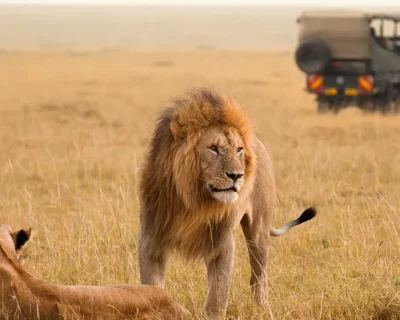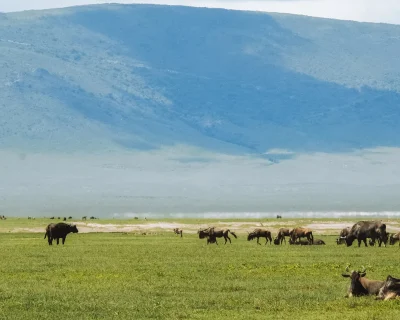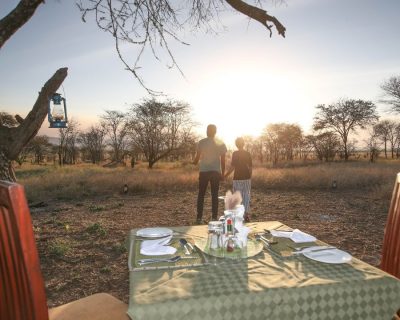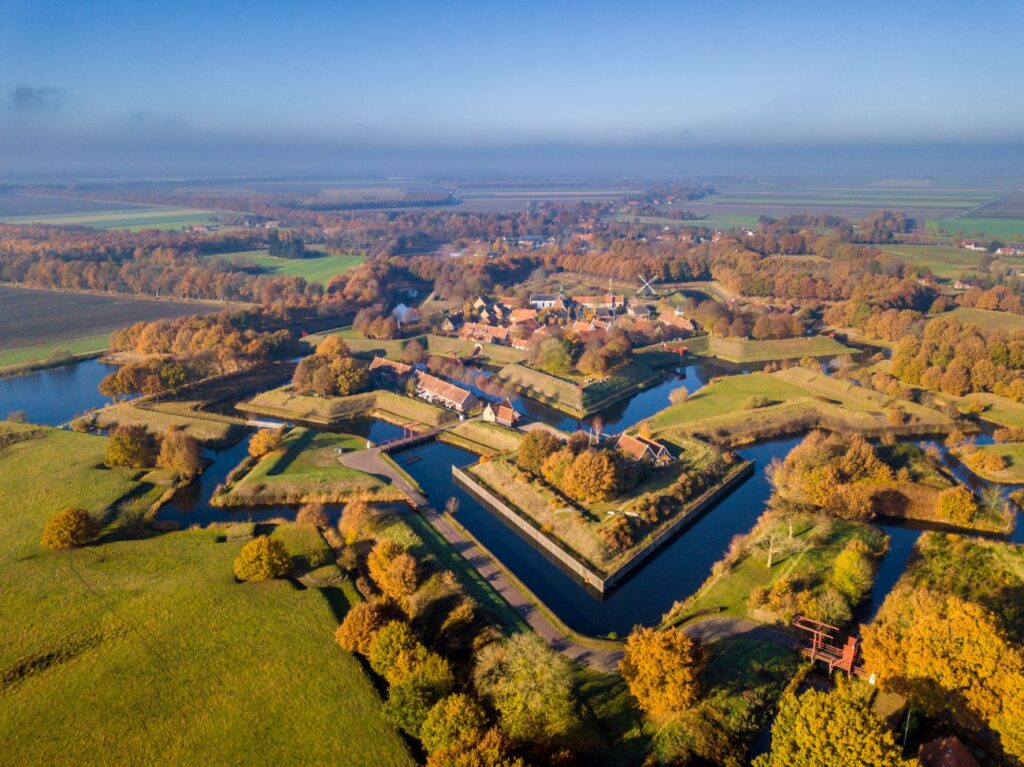The Great Migration is one of the most incredible wildlife spectacles on Earth. Each year, millions of wildebeest, zebras, and other herbivores travel across the Serengeti and Maasai Mara ecosystems in search of food and water. But have you ever wondered why zebras and wildebeests migrate together? What makes this cooperative migration so effective, and how do predators fit into this delicate ecosystem? This article will explore why these two species travel together, the role of predators, and how climate change is beginning to impact the migration. Let’s dive into the fascinating world of the Great Migration.
Why Do Zebras and Wildebeests Migrate Together?
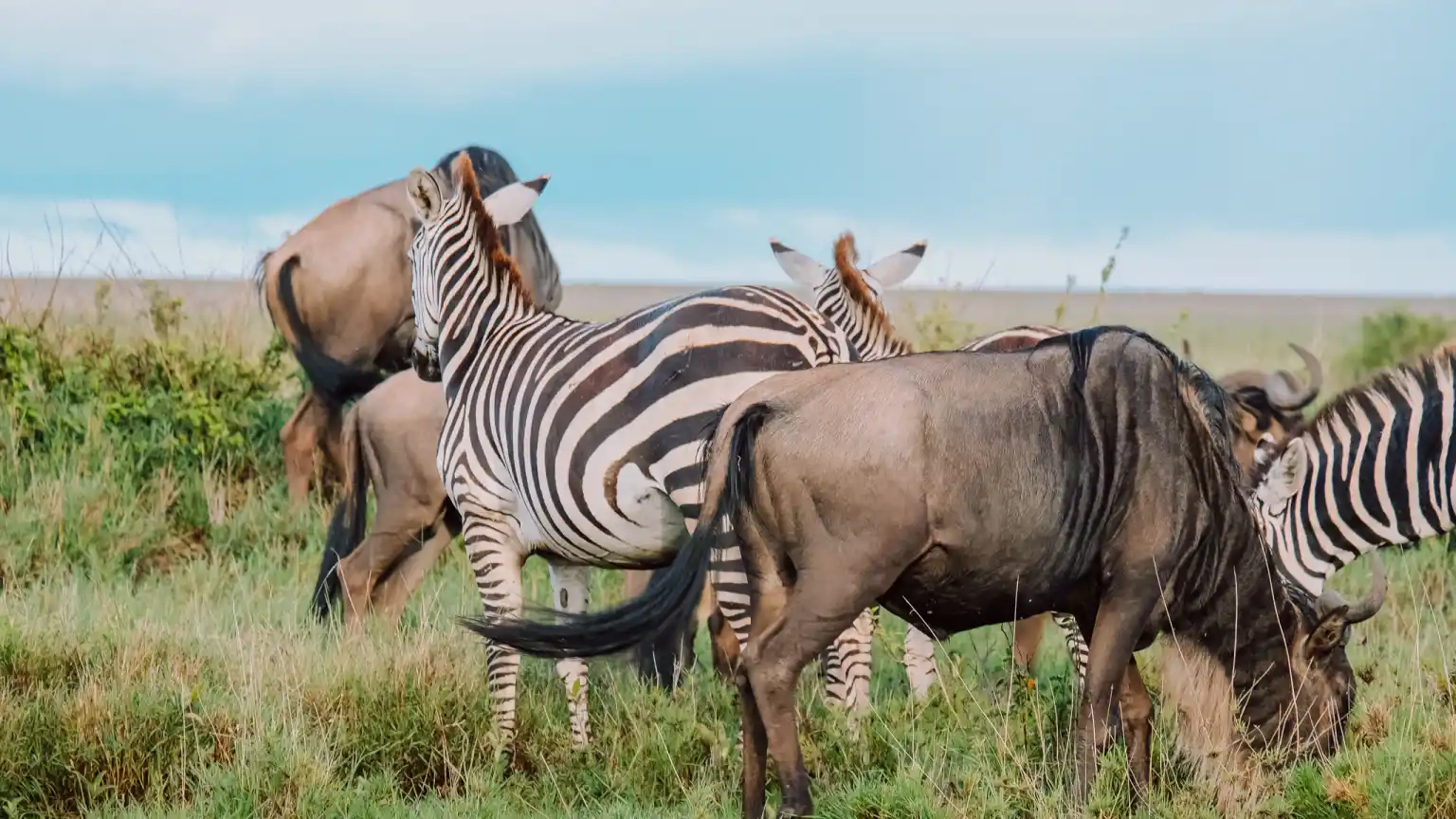
Zebras and wildebeests are often seen migrating together in large herds, but why is this? The primary reason is that both species are driven by the need to find food and water, especially during the dry season when grazing becomes scarce. They both follow the seasonal rains, which dictate where fresh grass is growing.
Mutual Benefits of Co-Migrating
Grazing Behavior
Zebras and wildebeests complement each other in terms of grazing. Zebras tend to graze on taller grasses, leaving the shorter, more nutritious grasses for wildebeests. This means that they can share the same grazing areas without competing for food, which increases the chances of both species finding enough to eat.
Safety in Numbers
Traveling together offers both zebras and wildebeests protection from predators. Zebras are highly alert and have excellent eyesight, which helps them spot predators from a distance. Wildebeests, on the other hand, are quicker to flee when threatened, providing an added layer of defense. The mixed-species herds confuse predators, making it harder for them to target one species over the other. This dynamic significantly increases their chances of survival.
Social Dynamics
Wildebeests tend to follow the leadership of older, more experienced members of the herd, guiding the entire group along migration routes. Zebras contribute by offering additional security due to their heightened alertness. Both species rely on their collective knowledge to navigate the vast and challenging landscapes they traverse during migration.
The Role of Predators in the Great Migration Ecosystem
While the migration brings a wealth of food for predators, it also plays a critical role in the balance of the ecosystem. The predators that follow the migration—lions, cheetahs, hyenas, and crocodiles—are an essential part of this cycle.
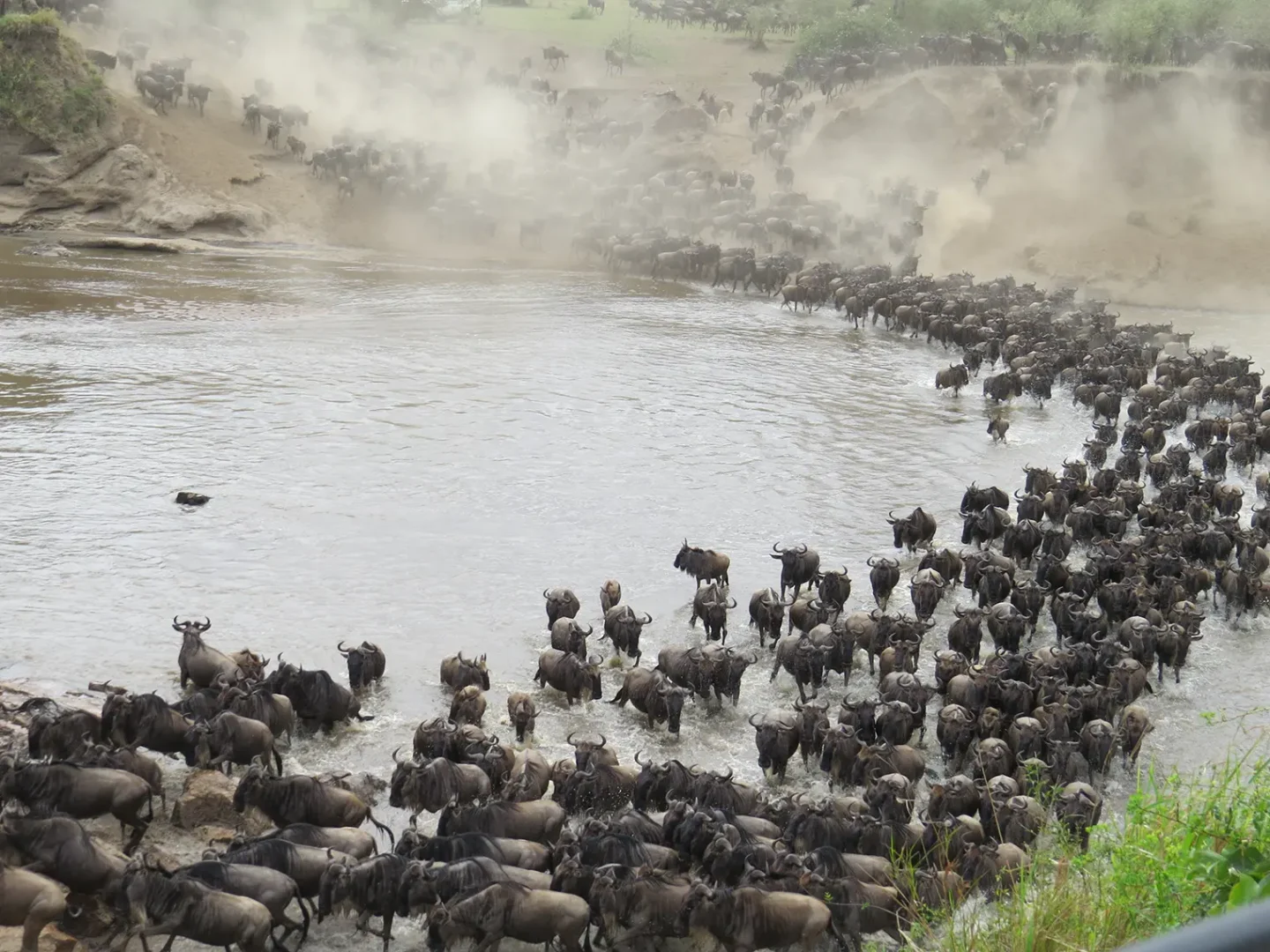
Predators Follow the Herd
Lions, cheetahs, and crocodiles are just a few of the predators that follow the migration. As the wildebeest, zebras, and other herbivores move across the Serengeti and Maasai Mara, the predators take advantage of the increased number of prey animals. The sheer abundance of food during the migration supports predator populations, keeping the food web balanced.
Predator-Prey Balance
Predators like lions and hyenas help regulate the herbivore population, ensuring that weaker, older, or sick individuals are culled from the herd. This natural selection process strengthens the overall health of the herds by removing vulnerable animals. Scavengers, like vultures and hyenas, play their part by cleaning up carcasses, which further contributes to the cycle of life and death in the ecosystem.
Predators also impact the behavior of the herds. For example, lions may adjust their hunting techniques, using tall grass or riverbanks to ambush the migrating animals. Cheetahs, known for their speed, typically target younger or weaker animals, while hyenas often wait for lions to make a kill before swooping in.
The Migration Cycle: River Crossings, Timing, and Navigation
The migration cycle is a remarkable natural phenomenon that is driven by the availability of food and water. As the wildebeests, zebras, and gazelles move across the Serengeti and Maasai Mara, they are guided by the changing seasons and the rains that bring new grazing opportunities.
The Timing of the Migration
The timing of the migration is largely determined by the seasonal rainfall patterns, which dictate the availability of fresh grazing. As the rains stop and food becomes scarce in one area, the animals head toward areas where the rains have just started, bringing new grasses to graze on. This seasonal pattern causes the herds to move from the Serengeti in Tanzania to the Maasai Mara in Kenya, and back again.

Navigating the Serengeti & Mara Ecosystem
The migration follows well-established routes, and the animals rely on their instincts to navigate the vast distances. Even though they travel across hundreds of miles, zebras and wildebeests are remarkably accurate in their navigation, using environmental cues like the sun, stars, and magnetic fields to find their way.
A crucial part of the migration cycle is the river crossings, where animals must face the dangerous Mara River or Grumeti River. These crossings are fraught with peril, as crocodiles wait patiently to ambush the animals. Wildebeests and zebras, despite the risks, must cross these rivers to continue their journey toward fresher grazing grounds.
The Risks of River Crossings
The Mara River crossings are a highlight of the migration, but they are also among the most dangerous parts of the journey. The predators—especially crocodiles—lie in wait to ambush the herds as they attempt to cross the river. The currents of the river itself also pose a significant challenge, with some animals being swept away. These dramatic moments highlight the high stakes of the migration and the many dangers that the animals face along the way.
Climate Change and Its Impact on the Great Migration
Climate change is having an increasingly significant impact on the Great Migration. The shifting patterns of rainfall are altering the timing and routes of the migration, making it harder for animals to follow their traditional paths.
Shifting Migration Patterns
Rising temperatures and unpredictable rainfall patterns have caused droughts in some areas and excessive rainfall in others. These changes are affecting the availability of fresh grazing and water sources, which in turn disrupts the timing of the migration. Animals are finding it more difficult to follow their historical routes, which has a direct impact on their survival. For example, if food is depleted too early in one area, animals may not be able to reach the next grazing spot in time, putting additional pressure on the herd.
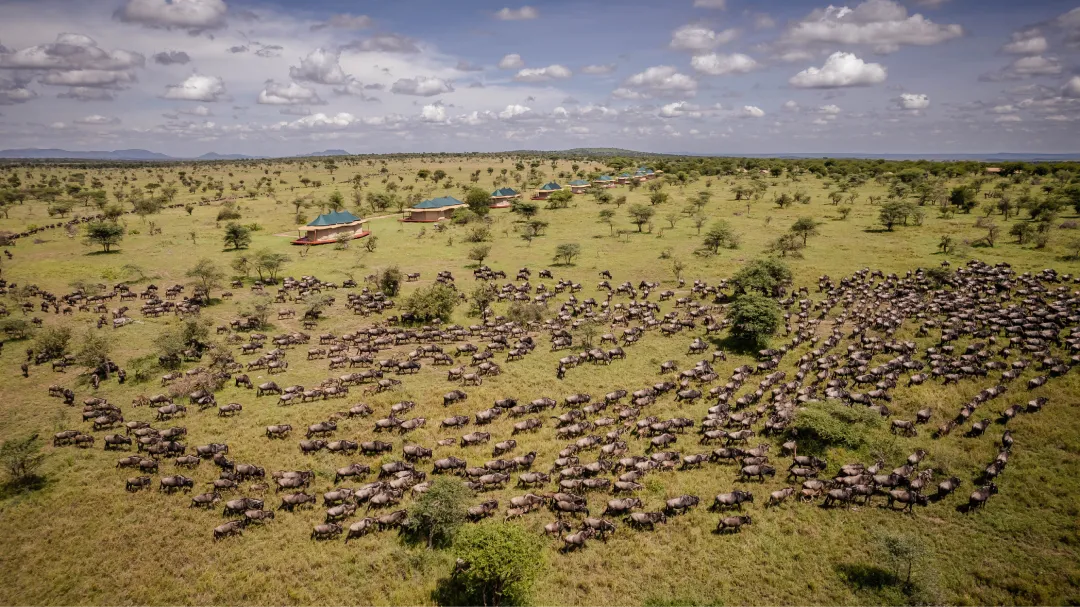
Impact on Wildlife and Resources
The increased frequency of extreme weather events—such as floods and droughts—can make grazing land less fertile, reducing the quality and quantity of food available for herbivores. In turn, this can lead to malnutrition and a decline in animal populations. Since herbivores are the primary food source for predators, changes in the herbivore population can directly affect predator numbers, creating a ripple effect throughout the ecosystem.
Adaptation and Conservation Efforts
While some species may be able to adapt to these changes in their environment, many others are struggling. Conservation efforts are critical to preserving the migration and its intricate ecosystem. Sustainable land management and efforts to protect the traditional migration routes are necessary to ensure that future generations can witness the Great Migration in all its glory.
Other Fascinating Facts About the Great Migration
Incredible Navigation Skills
The remarkable ability of zebras and wildebeests to navigate over vast distances is one of the most fascinating aspects of the migration. Using environmental cues such as the sun, stars, and even the Earth’s magnetic fields, these animals can find their way across hundreds of miles. Recent studies have shown that they follow these routes with an uncanny precision, even though they travel through different ecosystems and changing weather patterns.
The Circle of Life
The Great Migration is not just about the survival of the fittest; it is a cycle of life and death. As the animals move across the plains, they ensure the regeneration of the land by preventing overgrazing in one area. Carcasses from predators and natural deaths also provide food for scavengers like hyenas and vultures, who play a vital role in the ecosystem’s health.
Scientific Tracking and Research
Scientists have been tracking the migration with GPS collars and other technology, providing valuable insights into the migration’s patterns. This research is helping us understand how these animals interact with their environment, how they navigate such vast distances, and how climate change is affecting their behavior.
Conclusion
The Great Migration is one of the most awe-inspiring events in the natural world. The cooperative behavior between zebras and wildebeests, the role of predators, and the challenges posed by climate change all contribute to the complexity of this phenomenon. The migration not only highlights the incredible adaptability of these animals but also the delicate balance of the entire ecosystem. Protecting this natural wonder is crucial to ensuring that future generations can continue to witness the remarkable journey of the wildebeests, zebras, and all the other species that take part in the Great Migration.
Check out our Great Migration Tours:

